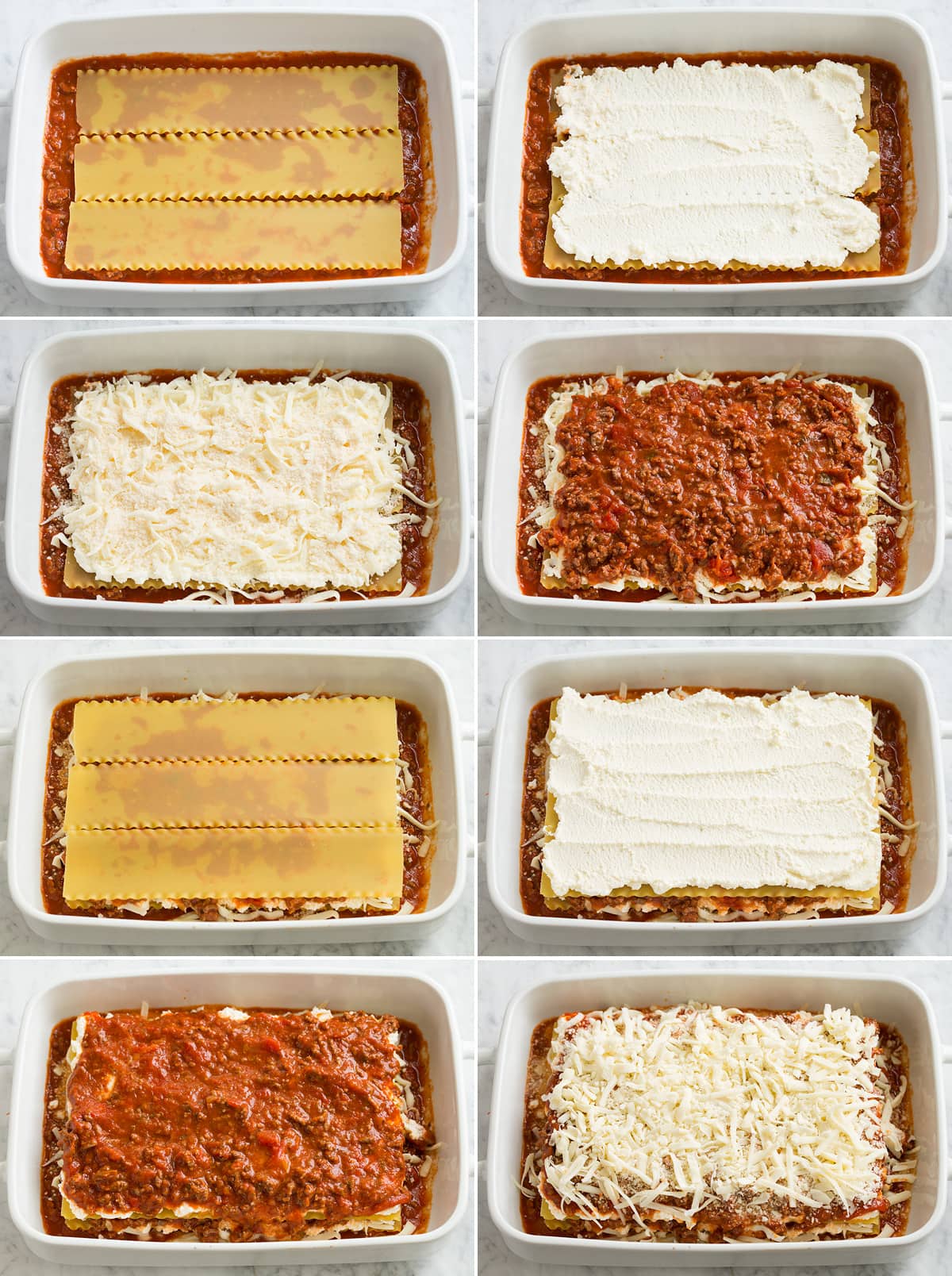Best 7 Methods for Grilling Chicken Legs in 2025: Achieve Juicy Perfection!
Grilling chicken legs is a delicious and rewarding culinary experience that many family barbecues center around. They are not only budget-friendly but, when done right, can be incredibly juicy and flavorful. In 2025, with grilling techniques evolving, it's essential to know the best practices for achieving the finest results. This guide will take you through the best methods for grilling chicken legs, focusing on timing, techniques, and marinating strategies that ensure each bite is succulent and tasty.
Throughout this article, we will explore the grilling duration for chicken legs and emphasize the best temperatures to ensure they're tender and safe to eat. You will learn essential tips for marinating and spice rubs, as well as how to enhance the flavors of your grilled chicken. Whether you're grilling over charcoal or gas, these methods will help you become a master of juicy grilled chicken legs that every guest will talk about. Let's dive in!
For further information on barbecue chicken legs cooking time, please see this guide, and for tips on grilling techniques, refer to this article.
Essential Techniques for Grilling Chicken Legs
Understanding Grilling Temperatures
One of the critical factors in grilling chicken legs is knowing the ideal temperatures for cooking. Chicken legs should be grilled at a temperature between 375°F to 400°F for optimal juiciness. The high heat allows skin to become crispy while keeping the inside tender. Integrating a meat thermometer ensures that your grilled chicken legs reach the safe internal temperature of 165°F, thus avoiding the risk of salmonella.
How Long to Grill Chicken Legs
Grilling chicken legs typically takes about 30-40 minutes. The timing will vary based on the size of the legs and your grilling method, so keeping an eye on the doneness is vital. To achieve perfect grilling time for chicken legs, turn them every 10 minutes to allow even cooking while ensuring a nice char. This approach not only enhances flavor but also prevents dryness.
Marination for Flavorful Chicken Legs
Before grilling, marinating chicken legs can significantly enhance their flavor. A good marinade should contain an acid (like lemon juice or vinegar), oil, and a mix of your favorite spices. The best time to marinate chicken legs is between 1 to 4 hours, as this allows the meat to absorb the flavors. You can use favorites like garlic, rosemary, or a smoky barbecue sauce to create a deeply flavorful profile.
Chicken Legs Spice Rubs
For an alternative to marinating, you can use dry rubs for grilling chicken legs. These rubs can include paprika, garlic powder, brown sugar, salt, and pepper. Applying a spice rub allows for a savory crust when grilling, enhancing flavor and texture. Applying the rub at least an hour before cooking will permit the seasonings to penetrate the meat effectively.
Prepping and Cleaning the Grill
Before placing your chicken legs on the grill, proper preparation ensures your grilling experience goes smoothly. This involves preheating the grill to the desired temperature, cleaning the grill grates, and lightly oiling them to prevent sticking. Proper grill maintenance guarantees that your grilled chicken legs will not only taste better but also maintain a satisfying char and texture.
With these foundational techniques covered, let’s look at advanced methods that will transform your grilling game.
Advanced Methods for Perfectly Grilled Chicken Legs
Indirect Grilling for Tenderness
One effective method for grilling chicken legs is through indirect grilling. This technique involves setting up your grill so that the chicken legs cook away from the direct flame. This method decreases burning while enhancing tenderness, as the indirect heat allows for slow cooking. For charcoal grilling, you can accomplish this by placing the coals on one side and the chicken on the other, while with gas, you can simply turn on one side of the burners. Aim for a grilling time of 45-60 minutes using this method, flipping halfway through.
Using Wood Chips for Flavor Enhancement
For those looking to infuse a smoky flavor into their chicken legs, adding wood chips to your grill is a remarkable option. Soak your wood chips in water for about 30 minutes and then place them in a smoker box or wrap them in foil with holes poked into it and place on the grill. This technique imparts a wonderful smokiness that complements the chicken’s natural flavors and takes your grilled dinner to a new dimension.
Creating a Basting Sauce
Basting chicken legs while they grill adds a layer of moisture and flavor. A simple basting sauce can be made from butter, garlic, and herbs. Applying this sauce during the last 10-15 minutes of grilling will keep the chicken legs juicy and flavorful without washing away the crispy exterior. Remember to baste regularly, ensuring that every bite is full of flavor.
Temperature Control and Checking Doneness
Utilizing a meat thermometer is crucial in mastering grilled chicken legs. The internal temperature of the chicken legs needs to reach 165°F for safe consumption while preventing any risk of dryness. Additionally, it helps to observe changes in color—juices should run clear, and the meat should easily pull away from the bone. Following these guidelines guarantees perfectly grilled legs every time.
Leftover Applications
Grilled chicken legs make excellent leftovers and can be cold or hot. They can be shredded for chicken salads, added to tacos, or made into sandwiches. Additionally, you can refrigerate and reheat them with a bit of sauce or butter to retain moisture, making your meals flexible and delicious even days later. Proper handling and storage are essential to maximize the flavor and ensure food safety.
Now that you are equipped with advanced grilling techniques, let’s explore the best side dishes that will elevate your chicken leg meal.
Best Sides to Serve with Grilled Chicken Legs
Refreshing Salads
A crisp salad is a perfect complement to grilled chicken legs. I recommend a mixed greens salad tossed with a light vinaigrette dressing. Ingredients like cucumbers, tomatoes, and feta cheese add freshness that balances the richness of the chicken. For a more hearty touch, incorporate grains such as quinoa or farro to create a filling meal.
Classic Grilled Vegetables
Pairing grilled chicken legs with roasted or grilled seasonal vegetables enhances the meal's flavor profile. Bell peppers, zucchini, and asparagus lightly brushed with olive oil and seasoned can bring a delightful crunch and color to your plate. The chargrilled taste complements the smoky flavor of the chicken wonderfully.
Creamy Potatoes
Potato dishes such as creamy mashed potatoes or potato salad work well with grilled chicken legs. The creamy texture and rich flavor contrast with the flavorful grilled chicken. You could also opt for a baked potato topped with sour cream and chives for a delightful side option.
Warm Bread or Biscuits
Serving warm, crusty bread or buttery biscuits provides a delightful accompaniment to your grilled chicken. The bread can be used to soak up the juices from the chicken, enhancing the overall dining experience. A quick garlic bread could be an easy option to make too, adding additional flavor.
Delicious Barbecue Sauce
Incorporating a delicious barbecue sauce for dipping or drizzling on grilled chicken legs brings another layer of flavor. Choose a sweet or tangy sauce depending on your personal tastes. Offering multiple sauce options can cater to guests' preferences while making the meal more interactive.
With sides covered, let’s proceed to an essential Q&A session regarding grilling chicken legs.
Grilling Chicken Legs: FAQs
How can I ensure my chicken legs are juicy?
To achieve juicy chicken legs, it’s essential to follow the right marination methods, utilize the appropriate grilling temperatures, and not overcook. Using a meat thermometer to verify the 165°F internal temperature will help ensure moist results.
Can I grill frozen chicken legs?
While grilling frozen chicken legs is not recommended, it's possible. Allow them to thaw in the refrigerator before grilling for even cooking. If grilling from frozen, ensure you increase the cooking time and use a thermometer to check doneness.
What is the best way to season chicken legs for grilling?
The best seasoning techniques involve either marinating or using dry rubs that include a balanced mixture of spices such as garlic powder, paprika, and herbs. Applying these at least an hour ahead allows the flavors to penetrate effectively.
How long should chicken legs rest after cooking?
Resting chicken legs for about 5-10 minutes following cooking allows the juices to redistribute. This step ensures that when you cut into the chicken, it remains juicy rather than losing all its moisture.
What grilling method is best for chicken legs: gas or charcoal?
Both gas and charcoal grilling methods yield excellent chicken legs. Charcoal provides a smokier flavor, while gas allows for better control over the temperature. Ultimately, it comes down to personal preference and what equipment you have available.
Grilled chicken legs are a delightful addition to any meal, perfect for summer barbeques, family dinners, or casual gatherings. With these methods and tips in mind, you're well on your way to mastering the art of grilling chicken legs.


